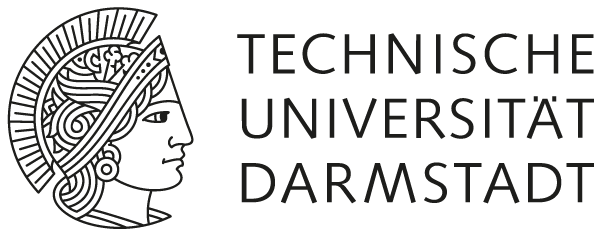Joint colloquium of the probability and statistics workgroups
TU Darmstadt / Goethe-Universität Frankfurt /
Gutenberg-Universität Mainz
Summer Term 2025
Friday, July 18, 2025 - JGU Mainz, 15 c.t.
Ralph Neininger (GU Frankfurt/Main) - CLT-Analogs in Random Combinatorial Structures
Abstract: In this talk a couple of parameters of random combinatorial structures related to discrete algorithms are discussed which exhibit almost sure convergence after normalization towards a random limit. The subject of the talk are the fluctuations within such a convergence. Three instances are discussed, firstly a univariate case related to search trees, secondly a periodic case related to urn models where there is only an almost sure approximation by a random periodic object and thirdly a functional case related to a selection algorithm where the fluctuations can be described by a Gaussian process.
Cécile Mailler (University of Bath) - A localisation phase transition for the catalytic branching random walk
Abstract: In this joint work with Bruno Schapira, we show the existence of a phase transition between a localisation and a non-localisation regime for a branching random walk with a catalyst at the origin. More precisely, we consider a continuous-time branching random walk that jumps at rate one, with simple random walk jumps on Z^d, and that branches (with binary branching) at rate λ>0 everywhere, except at the origin, where it branches at rate λ0>λ. We show that, if λ0 is large enough, then the occupation measure of the branching random walk localises (i.e. converges almost surely without spatial renormalisation), whereas, if λ0 is close enough to λ, then localisation cannot occur, at least not in a strong sense.
Friday, May 23, 2025 - GU Frankfurt/Main, 15 c.t.
Alessandra Cipriani (University College London) - The spectrum of dense kernel-based random graphs
Friday, April 25th, 2025 - TU Darmstadt, 15 c.t.
Alexander Drewitz (Universität Köln) - (Near-)critical behavior of a strongly correlated percolation model
Benedikt Jahnel (Universität Braunschweig) - First contact percolation
Wegbeschreibungen / Venue:
zur Anreise an die Uni Mainz finden Sie unter https://www.mathematik.uni-mainz.de/anfahrt/,
zur Anreise an die Uni Frankfurt unter https://www.uni-frankfurt.de/38074653/campus_bockenheim und https://www.uni-frankfurt.de/38093742/Campus_Bockenheim-pdf.pdf,
zur Anreise an die TU Darmstadt unter http://www3.mathematik.tu-darmstadt.de/fb/mathe/wir-ueber-uns/adresse-und-lageplan/anreise.html
Termine in früheren Semestern finden Sie hier / for past events please click here.
stochastik@uni-mainz.de


